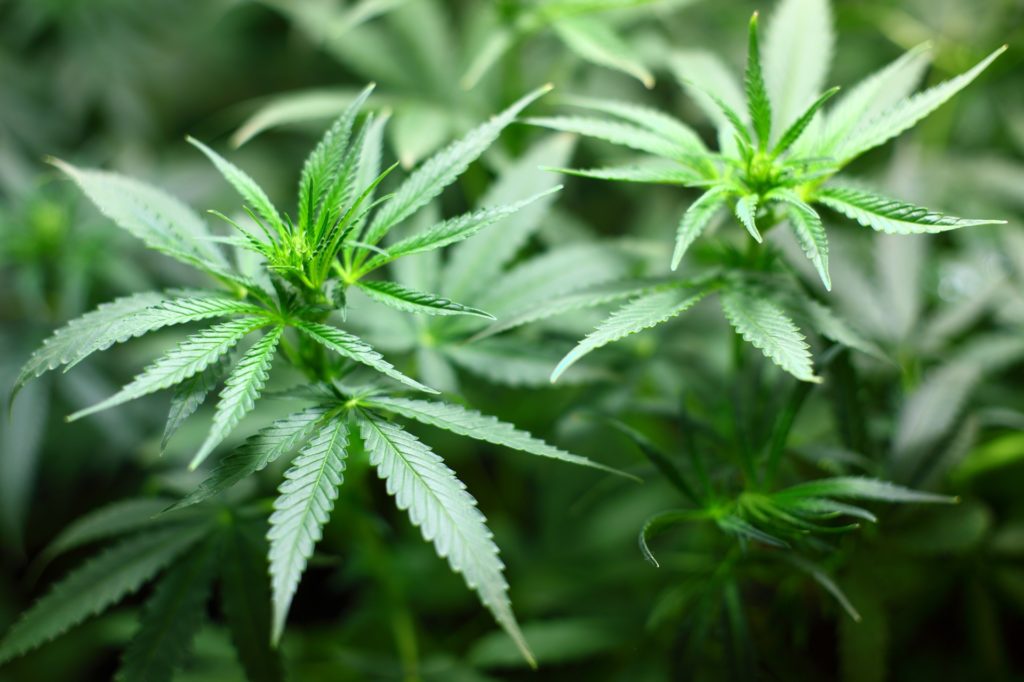
Many times over the past few years I’ve been asked about the marijuana industry: how to work in it, how to invest, where is it legal?
In this article I offer my insights into what the industry landscape looks like for someone interested in either starting a business or career in the cannabis industry. There are at least four things I advise you to consider before making the dive into cannabis:
What’s your tolerance for legal ambiguity?
The first and most important question to ask yourself is what your tolerance is for legal risk. I’ve met investors who’ve lost thousands of dollars because their money was tagged as being linked to marijuana. I’ve met hemp growers who’ve had over 800 lbs of hemp erroneously seized by the DEA. There are stories of Canadian employees of cannabis businesses being barred from entry into the United States. It’s also not unheard of for a person who works in the cannabis industry’s personal bank account to be at risk of closure because the bank fears being at all related to cannabis activity.
Businesses that require the use of cannabis as a raw material or product are called “plant-touching” businesses and are technically federally illegal, while those that do not are generally referred to as “ancillary-service” businesses. Needless to say, plant-touching businesses are more at risk than ancillary-service businesses. Below are a few examples of plant-touching businesses that you can get involved in:
- Growing for wholesale distribution
- There are various types of “growers” of marijuana. People sell seeds, clones, flower (aka “buds” or “nugs”) and “Trim” (the leftover cannabis leaves after the bud is taken)
- Extraction for wholesale distribution or product development
- Distillate, BHO and CO2 are the most common methods of extraction. The cannabis plant is distilled down to a concentrated form, which can then be sold as a standalone product or used for vaping or for infused edibles and topicals.
- Product Development
- Cannabis oil from extractors is infused with edibles, topicals or vape pens i.e. gummies, beverages, transdermal patches/lotions
- Delivery
- Delivery companies take possession of the cannabis product before delivering it to the end consumer. Because they take possession of it, they are a plant-touching business.
- Retail/Dispensary
- Dispensaries generally offer the full-range of products legally available to consumers according to state-law; however, no two dispensaries are alike or even sell all the same products.
- Research
- Private research with clinical trials is being done and monetized through the sale of their findings.
- Some have also sold books on the scientific studies done on the efficacy of cannabis
- Prescribing cannabis
- While doctors that prescribe cannabis aren’t technically touching the plant themselves, they are facilitating the acquisition and use of cannabis for medicinal purposes and for that reason can be considered accessory to a federal crime.
There are many more types of businesses that don’t directly touch the plant because cannabis businesses, like any other, require a lot of supporting services and materials:
- Tech providers
- Point Of Sale systems
- Enterprise software solutions
- Wholesale Trading Platforms
- Advertising Solutions
- Equipment & Raw Materials
- Extraction equipment
- Lighting
- Greenhouse
- Land, building, real estate
- Soil
- Pesticide
- Trimmers
- Packaging
- Service Providers
- Security/Transport
- Marketing agencies
- News Outlets
- Accounting
- Legal/Compliance
- Banking
- HR Management
- Staffing
- Third-party business development agents
- Consulting: Grow, License acquisition, Strategy
The second question you should be asking yourself is, what’s the size of the addressable markets?
In 2018 the size of the legal cannabis industry, by retail sales, in the US was estimated to be approximately $11 billion. Flower represents approximately 50% – 60% of all retail sales; however, it is shrinking as a portion of overall sales relative to other product categories like edibles and concentrates. Flower will likely remain the biggest portion of overall sales and is ultimately required for everything
Concentrate is used for every alternative form of cannabis consumption, including but not limited to: vaping, wax, shatter, resin, topicals, beverages and edibles. Amongst the sub-category of concentrate, vape pens are the biggest category followed by edibles, then wax/shatter/resin.
Delivery represents 10% – 15% of all sales, but is growing as consumers become more accustomed to it.
Growers, extractors, product developers and delivery companies are the primary drivers of all ancillary services needed by the cannabis industry. Their needs are many, but ancillary services are the easiest ones to get involved in, since it is legal, so it is far more competitive and potentially over saturated. Since most ancillary service providers to the cannabis industry are new to it, there’s also an overabundance of inexperienced and incompetent providers.
The third thing you should want to know is what the gross margins generally look like for these products and services?
There’s far too much variability among ancillary service businesses for me to make generalizations on their pricing and cost structures, but I can confidently assert that tech and service based business will generally have the best gross margins of any cannabis linked business. The second highest gross margins will be found in infused products such as edibles, capsules and topicals. This is because it takes very little cannabis oil to make these products, with the most expensive parts of it being the packaging and labels. A tincture can sell for as much as $40, but wouldn’t cost more than $10 to manufacture at scale withe the cannabis portion only accounting for ~$1.50 of that cost. Vape pens are just beneath infused products with regard to gross profitability, given that they generally require more oil (0.5 grams) and more expensive hardware (battery+casing). The trim from the plant, which does not include stalk or stem, fetches a lower price per pound than straight flower, but it’s excess material that you would otherwise dispose of so the gross margin on it is actually quite high since most of the cost of growing cannabis is allocated toward the cost-of-goods-sold for the flower itself. Having said that, the gross margin on flower is actually among the lowest of cannabis products, generally speaking. Some specific strains can have high mark-ups, but those are niche brands and are aimed at cannabis connoisseurs, which represents a very small percentage of the total cannabis consumer population.
The last thing I’ll discuss that you as a prospective entrant into the cannabis should be considering is: What’s the easiest to get into, where is competition stiffest?
Permits for growing, extract, product development and delivery are restricted by the State government, most States have a cap on how many licenses they’re willing to issue. Product development and delivery are the easiest to come by.
The biggest factor in determining what you can do is where you are or where you are willing to live. Cannabis is only available to a medical patient in some states or not at all in others. In other states, cannabis can only be sold as an infused edible, in others it can’t be sold as flower. It’s important to look up the rules pertaining to who cannabis is available to in your location prior to making the leap.
Generally speaking, product development is one of the easier things to do because you can find co-packing arrangements where another licensed producer makes the product for you under their license according to a contractual agreement. Once the FDA gets involved, you’ll need documented standard operating procedures and adherence to good manufacturing practices (GMPs).
There are few legal barriers to Tech/service providers and few established “experts”, but as a consequence it’s the most over-saturated opportunity to the tune of 10x more companies servicing the cannabis industry than actual plant-touching businesses.
And that’s my high level overview of the cannabis industry business landscape. Let me know your thoughts down below in the comments section. If you have questions specific to your situation, feel free to shoot me a detailed e-mail using the contact me link and I will get back to you as soon as I can.
Don’t forget to sign up to be notified when new articles are published.
